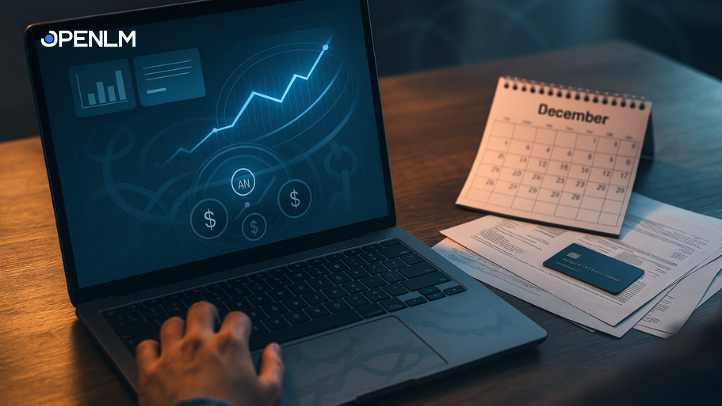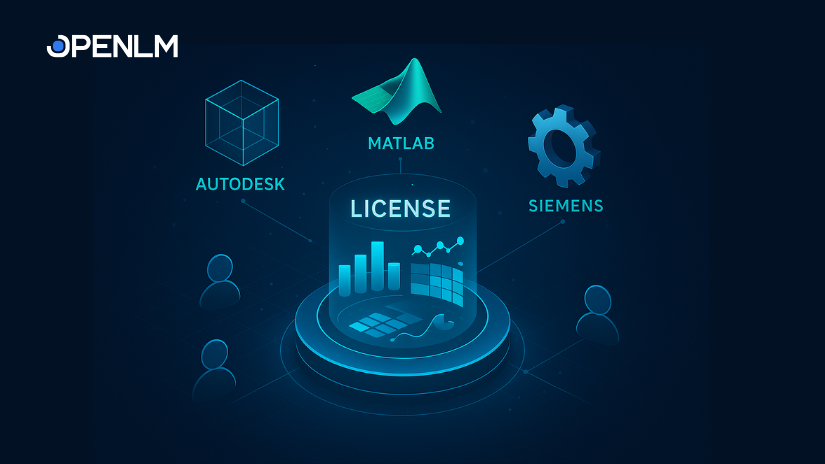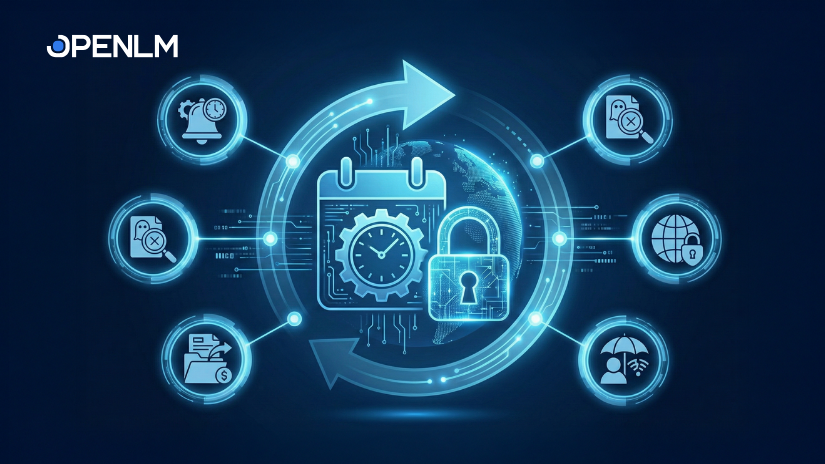Mergers and Acquisitions involve
- transfer of staff and customers
- IT integration which includes transfer of IT assets – software and hardware
- Expanding business operations to new domains and territories
In any Merger and Acquisition process, Software Asset Management has a crucial role to play. However, it is often ignored and the resulting compliance risk can be costly which might affect the overall Acquisition cost.
For a successful acquisition process, SAM needs to perform the following on the target company’s software assets:
Table of Contents
ToggleInventory and documentation:
- Identify the key stakeholders from both the organizations who will be part of this process and those who will provide all the relevant information.
- Inventory records of all the software assets – licenses and applications including OS, virtualization technologies, databases and user management software applications.
- Purchase records – PO’s invoices to prove the ownership of the software assets.
- ELP’s of major software vendors (entitlement Vs deployment).
- Ask for agreement copies for all their software vendors.
- Start and End dates of all the agreements and licenses.
- Check if the target organization had any software audit (internal and external) in the past. If yes, get complete audit records (including findings and post audit actions).
Analysis:
- Identify any gap in the ELP.
- Understand the software vendor licensing agreements from a compliance perspective.
- Check if any vendor agreement specifies any clause related to merger and acquisition, “future affiliates” clause.
- Check if any special agreement is in place with the software vendor which can relate to the customer of the Target company (like a Tri-Party agreement).
- Identify any compliance risk due to loose controls in the SAM process of the target organization.
- Findings in previous software audits.
Action for transfer/merger of software assets:
- Inform each software vendor about the M&A and inquire about the process to transfer the software assets.
- Software vendors can ask for some documentation about the merger, stakes or legal details. At this stage, SAM can involve the legal team for any documentation or legal details which can be shared with the software vendor.
- If the target organization is going to be a separate legal entity in the future, software vendors may require their network/concurrent licenses to be hosted on a dedicated server. These types of requirements from the software vendor should be clear and documented to avoid any future compliance issues.
Planning and implementation:
- Check how the SAM processes of both the organizations can be aligned with each other.
- Prepare a plan with timelines to complete the activity of the software asset’s transfer.
- Reconcile the full inventory.
- Perform an internal software audit.
- Find the “gaps” and take action to mitigate any compliance risk.
Software vendor’s keep a close eye on the Mergers & Acquisitions, as the companies involved in the M&A are the soft targets and they will try for an audit as early as possible. They know that at an early stage software licensing is often ignored in the due diligence. So, it’s an advantage for the auditor (software vendor).
To have successful Mergers and Acquisitions – SAM should be involved at the earliest stage.





